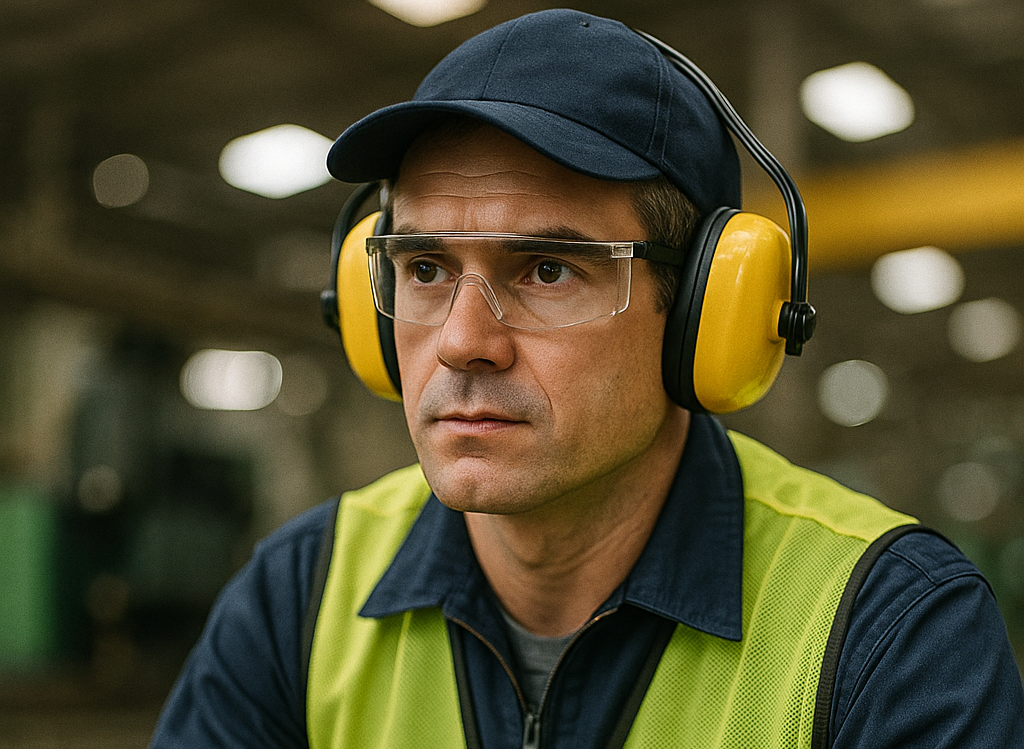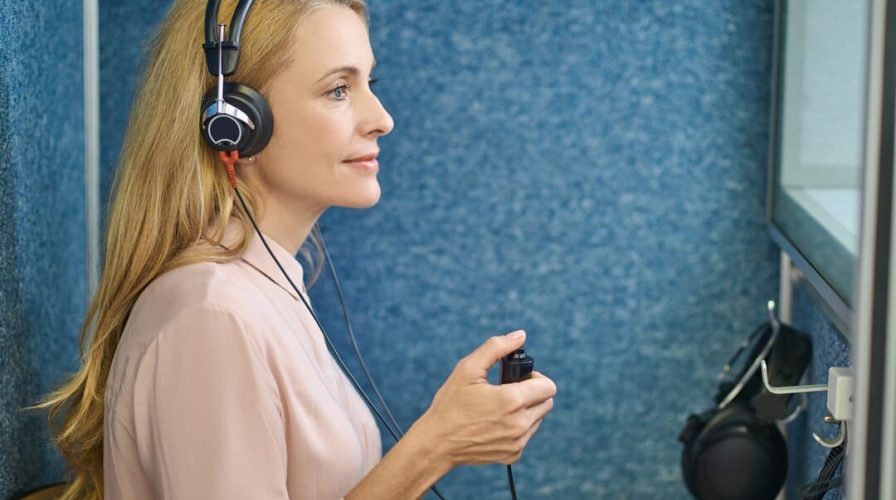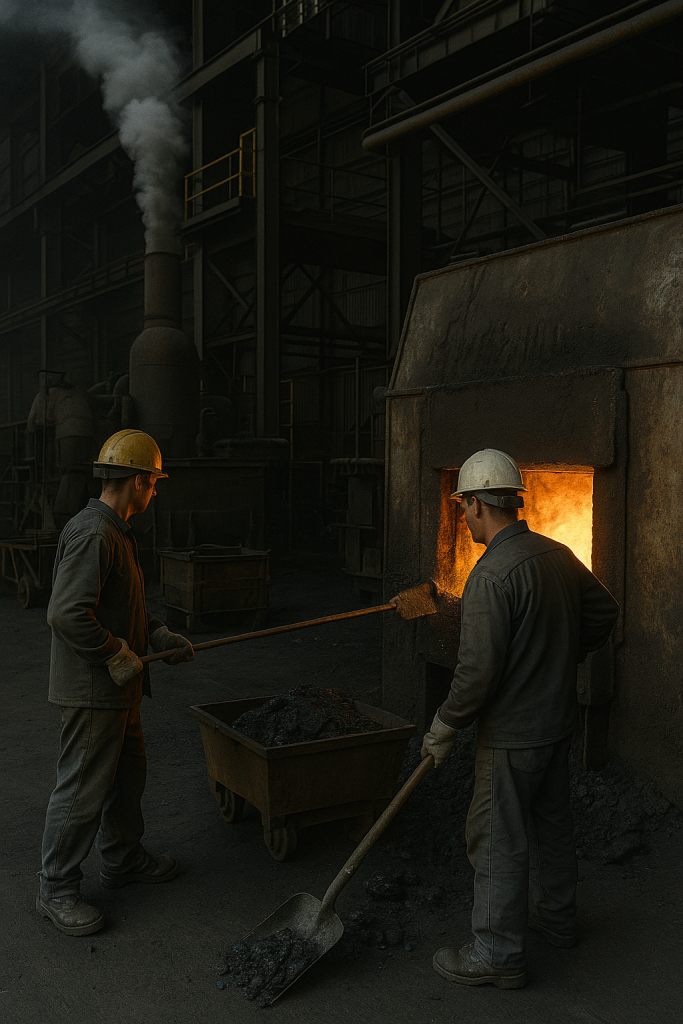Workplace noise is a significant health and safety issue in Victoria. Exposure to excessive noise can cause permanent hearing loss, tinnitus, and impact overall well-being. Employers in Victoria have clear legal duties under the Occupational Health and Safety Act 2004 and the OHS Regulations 2017 to protect workers from hazardous noise. This guide explains the standards, your obligations, and how Audiometrics & Medical Personnel can help your business achieve compliance and safeguard your team.
What Are the Workplace Noise Exposure Standards in Victoria?
- 85 dB(A) averaged over 8 hours:
This is the maximum average noise level a worker can be exposed to during an 8-hour shift. - 140 dB(C) peak:
No worker should be exposed to a single noise event above this level, even momentarily. - Standards apply at the worker’s ear position.
Typical Workplace Noise Levels:
| Source | Typical dB Level |
|---|---|
| Jet engine at 30m | 140 |
| Rivet hammer | 130 |
| Rock drill | 120 |
| Chainsaw, angle grinder | 110 |
| Sheet-metal workshop | 100 |
| Lawn mower | 90 |
| Front-end loader | 85 |
| Heavy traffic, welding | 80 |
| Loud conversation | 70 |
| Normal conversation | 60 |

Why Are These Standards Important?
- Prevent permanent hearing loss and tinnitus
- Reduce risk of workplace injuries due to impaired communication
- Meet legal obligations and avoid penalties
- Promote a healthier, more productive workforce
How Do You Know If Noise Is a Problem in Your Workplace?
- Employees must raise their voices to be heard at 1 meter
- Workers experience ringing in the ears or temporary hearing loss after work
- Use of noisy machinery or tools is frequent
- Uncertainty about noise levels exists
Who Is Responsible for Managing Noise?
Employers (PCBUs) must:
- Identify and assess noise hazards
- Ensure noise exposure does not exceed standards
- Implement risk controls (elimination, engineering, administrative, PPE)
- Provide audiometric testing for workers required to wear hearing protection regularly
- Maintain records and review controls periodically
Workers must:
- Take reasonable care for their own hearing
- Follow safety instructions and use hearing protection as required
How to Assess and Manage Noise in Your Workplace
Step 1: Identify Noise Hazards
- Review tasks and equipment likely to produce high noise (e.g., metal cutting, grinding, heavy vehicles)
- Ask workers about communication difficulties or symptoms
- Use the [WorkSafe Victoria Noise Compliance Code checklist] for guidance
Step 2: Measure Noise Exposure
- Conduct spot measurements at the ear position of workers
- If noise is suspected to exceed standards, a full noise assessment by a qualified person is required
Step 3: Implement Controls
- Hierarchy of Controls:
- Eliminate the noise source if possible
- Substitute noisy equipment with quieter options
- Engineer controls (enclosures, barriers, dampening)
- Administrative controls (job rotation, limit exposure time)
- Personal Protective Equipment (PPE) – hearing protection as a last resort
Step 4: Monitor and Review
- Regularly review noise control measures
- Provide ongoing training and information to workers
- Schedule periodic audiometric testing for at-risk workers
Where Do Noise Limits Apply?
- All workplaces in Victoria, including construction, manufacturing, logistics, and commercial sites
- Noise limits for external (environmental) noise are set by the EPA Victoria and depend on zoning, background noise, and time of day
- Employers must consider both occupational and environmental noise obligations
How Audiometrics & Medical Personnel Can Help
Why Choose Us?
- Fully compliant noise assessments and reporting for Victorian workplaces
- Onsite audiometric testing and health checks
- Expert advice on risk controls and compliance documentation
- Support for shift work and minimal disruption to your operations
- Ongoing monitoring and education for your team
Our Services Include:
- Comprehensive workplace noise assessments
- Environmental noise monitoring (EPA compliance)
- Audiometric testing for baseline and ongoing worker health
- Tailored risk management plans
Frequently Asked Questions
Q: What happens if my workplace exceeds the noise standard?
A: You must act immediately to reduce exposure, implement controls, and provide hearing protection and audiometric testing.
You must act immediately to reduce exposure, implement controls, and provide hearing protection and audiometric testing.
A: Whenever new equipment is introduced, processes change, or if there are signs of hearing damage or complaints. Regular reviews are best practice.
Q: Are there penalties for non-compliance?
A: Yes. Failure to comply can result in improvement notices, fines, or prosecution under the OHS Act.
Q: Does hearing protection reduce the need for other controls?
A: No. PPE is the last line of defense and should not replace higher-level controls.
Conclusion
Understanding and managing workplace noise exposure is not just a legal requirement—it’s vital for your team’s health and your business’s success.
Let Audiometrics & Medical Personnel help you stay compliant, reduce risk, and create a safer, more productive workplace.
Ready to protect your team and ensure compliance?




